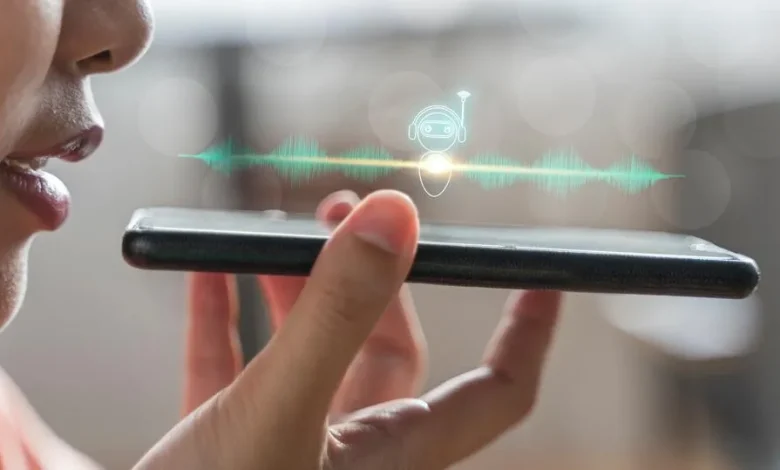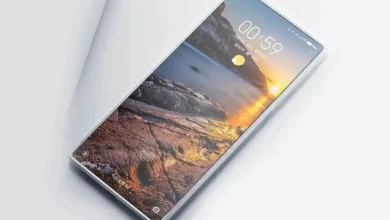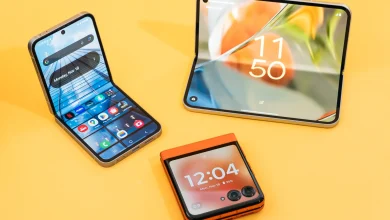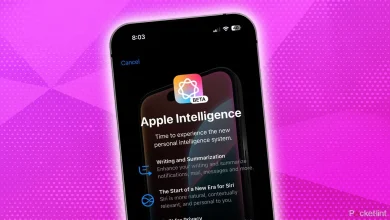
Is Voice-Only Control the Future of Smartphones?
As voice-only smartphones evolve, tech experts examine whether hands-free interaction will soon replace traditional touch controls.
As digital assistants grow smarter, voice-only smartphones are becoming more than just a futuristic concept. Instead of navigating apps manually, users can now perform tasks entirely with voice—whether it’s sending a message, searching the web, or launching music. This shift reflects a broader push toward frictionless, accessible, and efficient tech interaction.
Voice control eliminates the need for physical or visual interaction, making smartphones more inclusive for users with disabilities and more convenient for multitasking. With AI models like Siri, Alexa, and Google Assistant now handling increasingly complex commands, voice-only smartphones are entering a viable stage of evolution.
Hands-Free Tech Is Becoming Normal
From smart homes to cars, voice-enabled devices have already proven their worth. It’s only natural for voice-only smartphones to follow. Imagine answering a call while cooking, or composing a reply without looking at your phone—these scenarios are becoming real through voice-activated interfaces and always-on microphones.
Some smartphone manufacturers are even experimenting with screenless or minimal-display devices meant for full-time voice use. These gadgets focus on natural language interaction and offer simplified outputs, like spoken summaries or audio prompts, rather than visual feedback.

What Challenges Still Remain?
Despite the excitement, voice-only smartphones face real limitations. Voice recognition accuracy can vary based on accent, background noise, or speech clarity. Misunderstood commands can lead to frustration or privacy issues, especially when the device misfires in public or misinterprets confidential instructions.
There’s also a societal element: speaking aloud to your phone isn’t always socially acceptable, especially in quiet or crowded settings. And while voice commands are great for routine tasks, more nuanced activities—like editing documents or browsing complex interfaces—still benefit from touch interaction.

Will Voice-Only Ever Replace Touch?
The future likely isn’t all-or-nothing. While voice-only smartphones may dominate in certain contexts, a hybrid model seems most realistic. Devices that combine voice, touch, and even gesture control can adapt to different environments and user needs. This layered interaction will ensure flexibility rather than forcing users into one mode.
As AI understanding improves and processors become more efficient at real-time language parsing, voice-only smartphones could shine in wearable tech, AR glasses, or ultra-minimalist gadgets. But for now, they’re best seen as a powerful addition—not a full replacement—for traditional touchscreens.



